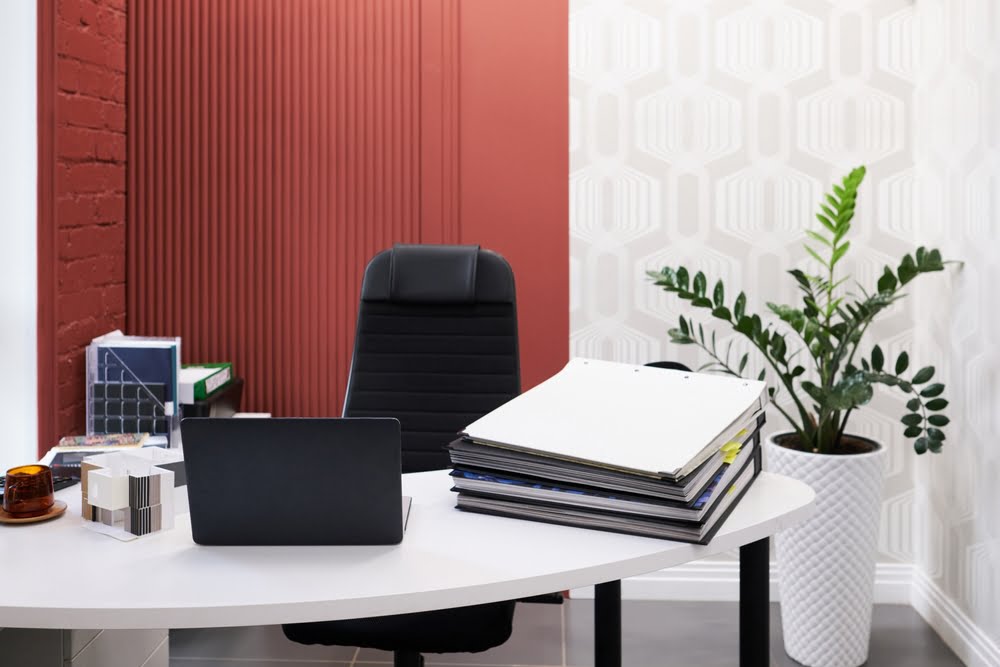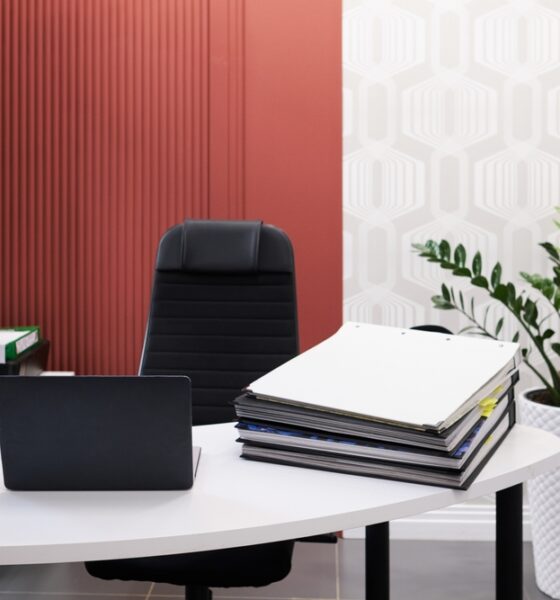

Environment
Biophilic Design: The Eco-Friendly Practice of Incorporating Nature Indoors
In a fast-paced and increasingly urbanized world, the importance of reconnecting with nature is paramount. Biophilic design offers a unique solution by bringing the beauty and vitality of the natural world into our indoor living spaces.
The unique method goes beyond just aesthetics. As the Natural Resources Defense Council points out, Biophilia is more than simply a theory. Biophilic design has been shown to improve cognitive performance, physical health, and state of mind.
In this article, we will explore the concept of biophilic design, which involves integrating natural light, greenery, and organic materials to establish environments that foster a sense of harmony.
Enhancing Sustainability Through Design
Biophilic design prioritizes sustainability, striving to reduce our ecological footprint. It promotes the use of energy-efficient lighting, ventilation systems, and renewable resources. By minimizing reliance on artificial lighting and air conditioning, biophilic design helps conserve energy and reduce environmental impact.
Additionally, the incorporation of sustainable materials like reclaimed wood and eco-friendly textiles ensures that our indoor spaces are not only visually appealing but also environmentally responsible.
Embracing Greenery and Biophilic Elements
Bringing nature indoors through the inclusion of plants, living walls, and biophilic elements is at the heart of this design philosophy. Indoor greenery not only enhances aesthetics but also improves air quality by purifying and oxygenating the environment. One popular way to incorporate plants into indoor spaces is through the use of indoor planters.
According to Crescent Garden, indoor planters offer a versatile and stylish solution for integrating plants into any room. They come in a variety of shapes, sizes, and materials, allowing for creative placement and design. Hanging planters can add visual interest and save valuable floor space, while large statement planters can become focal points in a room.
Harnessing the Power of Natural Light
Natural light is a key element in biophilic design, creating a sense of openness and connection to the outdoors. Maximizing the use of windows, skylights, and light-reflecting surfaces allows ample daylight to flood our living spaces.
This not only decreases the demand for artificial lighting but also has several health advantages. Natural light helps to control our circadian rhythm. According to a post by the Sleep Foundation, when exposed to just natural light, a person’s circadian rhythm becomes tightly aligned with sunrise and sunset, allowing them to stay up throughout the day and sleep at night.
Natural light also enhances mood and promotes Vitamin D synthesis, resulting in improved overall well-being.
Nurturing Biophilic Spaces in Urban Environments
In urban areas where access to green spaces is limited, biophilic design plays a vital role in creating sanctuaries that mimic nature.
Rooftop gardens, vertical gardens, and communal green spaces offer respite from the concrete jungle, providing urban dwellers with a sense of tranquility and connection to the natural world.
These biophilic spaces contribute to urban biodiversity, mitigate heat island effects, and foster a sense of community engagement with the environment.
Holistic Well-being and Productivity
Biophilic design recognizes the profound impact of nature on human health and productivity. Studies have shown that exposure to natural elements indoors can reduce stress, enhance cognitive function, and improve creativity and concentration.
A study that was published in 2021 by the National Library of Medicine found evidence for connections between exposure to nature and improved cognitive function, blood pressure, brain activity, mental health, sleep, and physical exercise.
Incorporating elements such as natural materials, views of greenery, and access to fresh air promotes physical, mental, and emotional well-being, resulting in happier and more productive individuals.
What’s Next in Biophilic Design
As our awareness of the environmental challenges deepens, biophilic design stands as a promising solution for creating sustainable and regenerative indoor environments. Innovations in technology and design are continually expanding the possibilities, allowing us to integrate nature in more creative and impactful ways.
By embracing biophilic principles, we can create spaces that not only benefit our well-being but also contribute to the preservation and restoration of the natural world.
Summary
Biophilic design integrates nature indoors, addressing the detachment from the natural world in urban settings. It goes beyond aesthetics, benefiting cognitive performance, physical health, and mental well-being. Sustainability is emphasized through energy-efficient lighting, ventilation, and renewable resources.
Greenery, plants, and natural materials create harmonious spaces that purify the air and enhance visual appeal. Natural light via windows and skylights reduces artificial lighting reliance and improves sleep and mood. Urban biophilic design creates tranquil green spaces like rooftop gardens, fostering community interaction with nature.
Exposure to natural elements indoors reduces stress, enhances cognition, and promotes overall well-being. Advancements in technology enable biophilic design to create sustainable, regenerative environments that prioritize well-being and conservation.


















